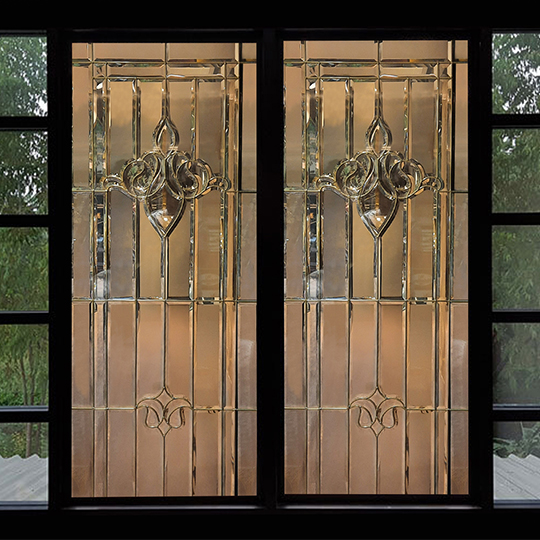
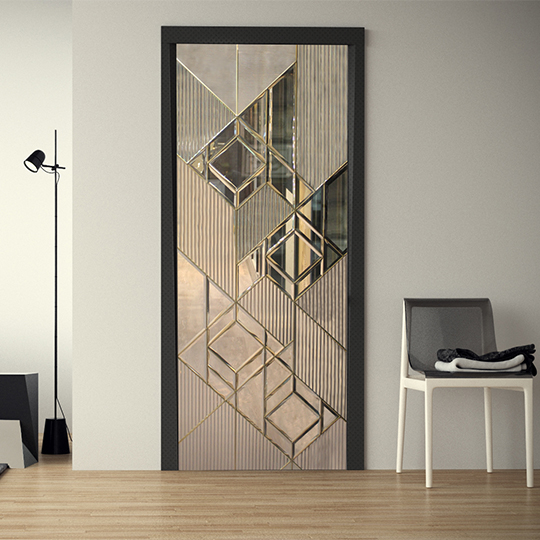
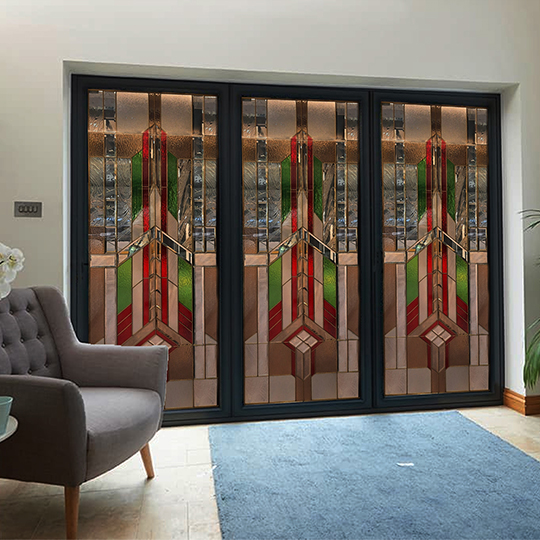
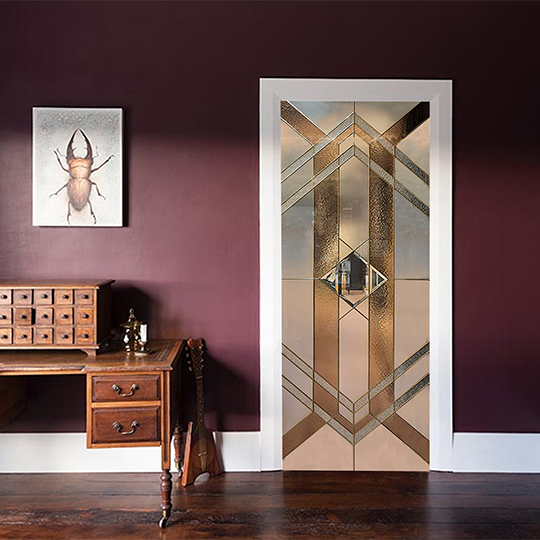
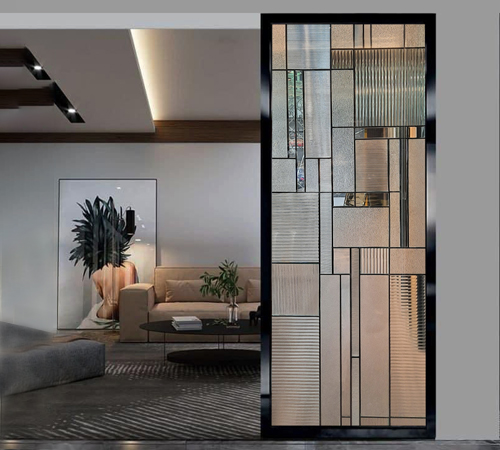
Stained glass is a centuries-old art form that has captivated people around the world with its vibrant colors, intricate designs, and the enchanting interplay of light it creates. Historically, stained glass has adorned religious buildings, but today, it can be found in a variety of settings, both sacred and secular. In this article, we will delve into the history of stained glass, explore the techniques behind its creation, and discuss how it can be used to enhance the aesthetic appeal of any space.
| Colors Available : | Black, Gold, Silver |
|---|
The origins of stained glass can be traced back to ancient civilizations like Egypt and Rome, where colored glass was used for decorative purposes. However, it was during the Gothic period (12th-16th centuries) that stained glass art truly flourished, with majestic cathedrals and churches throughout Europe showcasing intricate stained glass windows. These works of art not only provided visual beauty but also served to convey religious narratives and teachings.
Over the centuries, the popularity of stained glass has ebbed and flowed, experiencing a resurgence during the 19th century with the Gothic Revival and the Arts and Crafts movements. Today, stained glass remains a cherished art form, celebrated for its timeless beauty and the remarkable craftsmanship it entails.
Creating stained glass is a labor-intensive process that requires exceptional skill, patience, and attention to detail. The traditional technique involves:
Stained glass can be a stunning addition to any interior or exterior space, adding color, character, and a unique artistic touch. Here are some ways to incorporate stained glass into your space:
Stained glass is a timeless art form that has the power to transform spaces with its captivating colors, intricate designs, and mesmerizing interplay of light. Whether used in traditional & modern design concept.